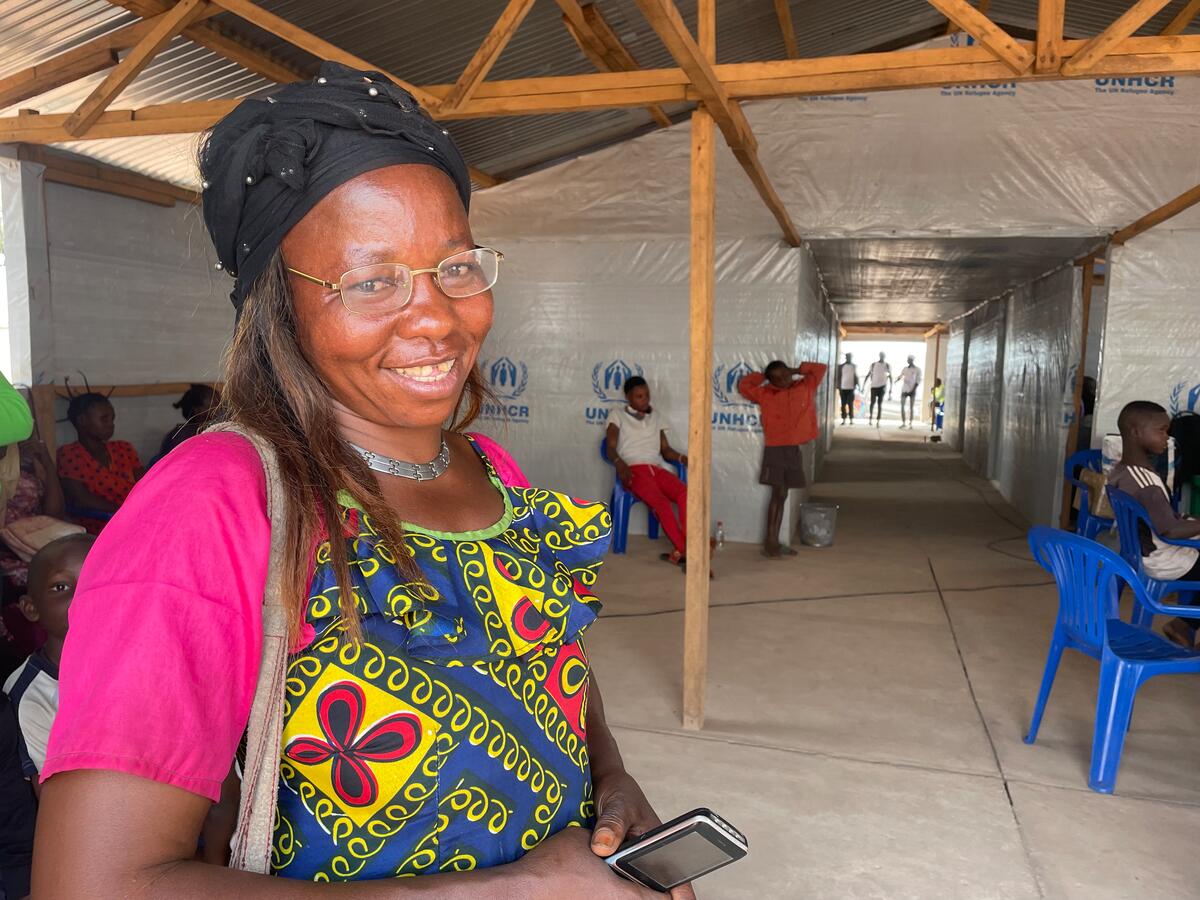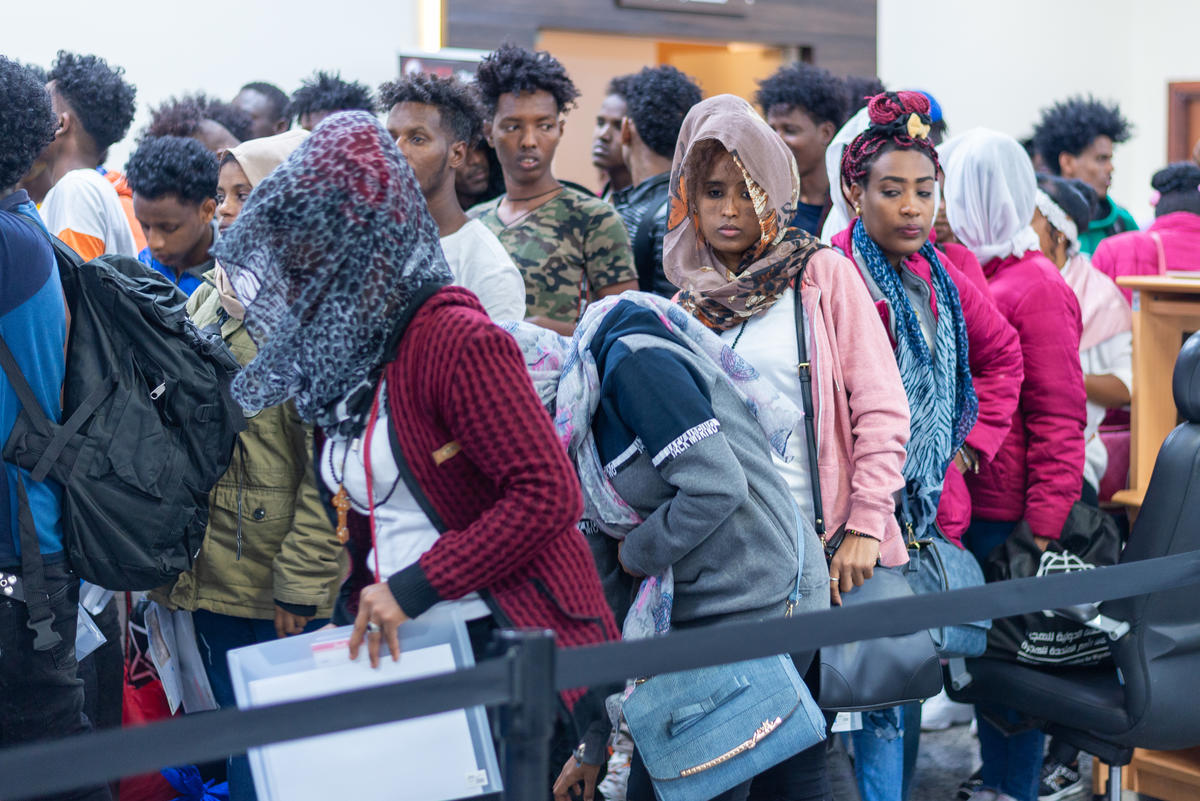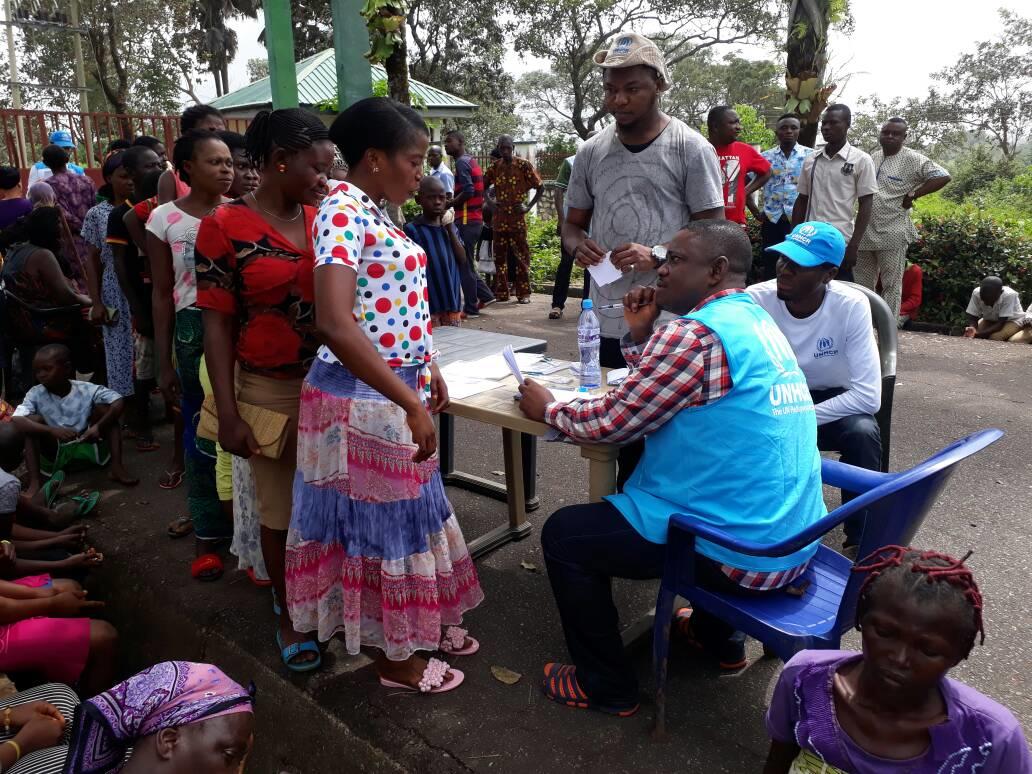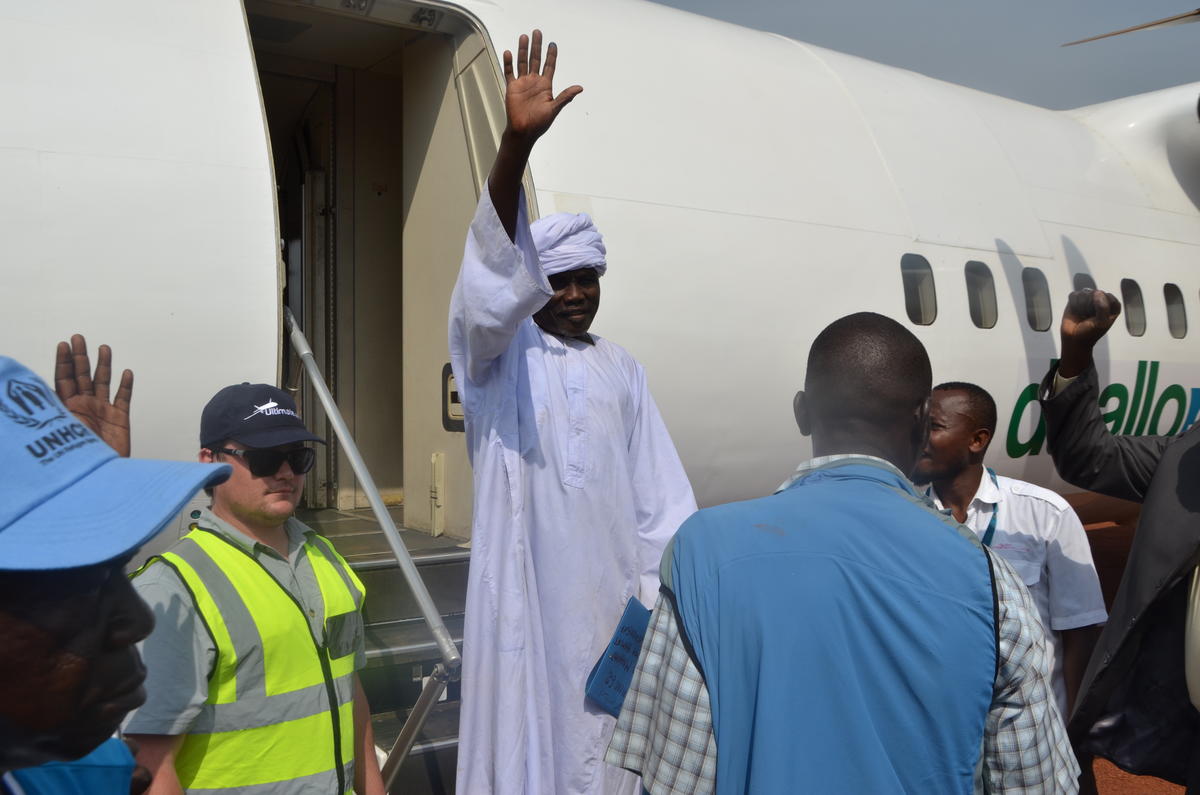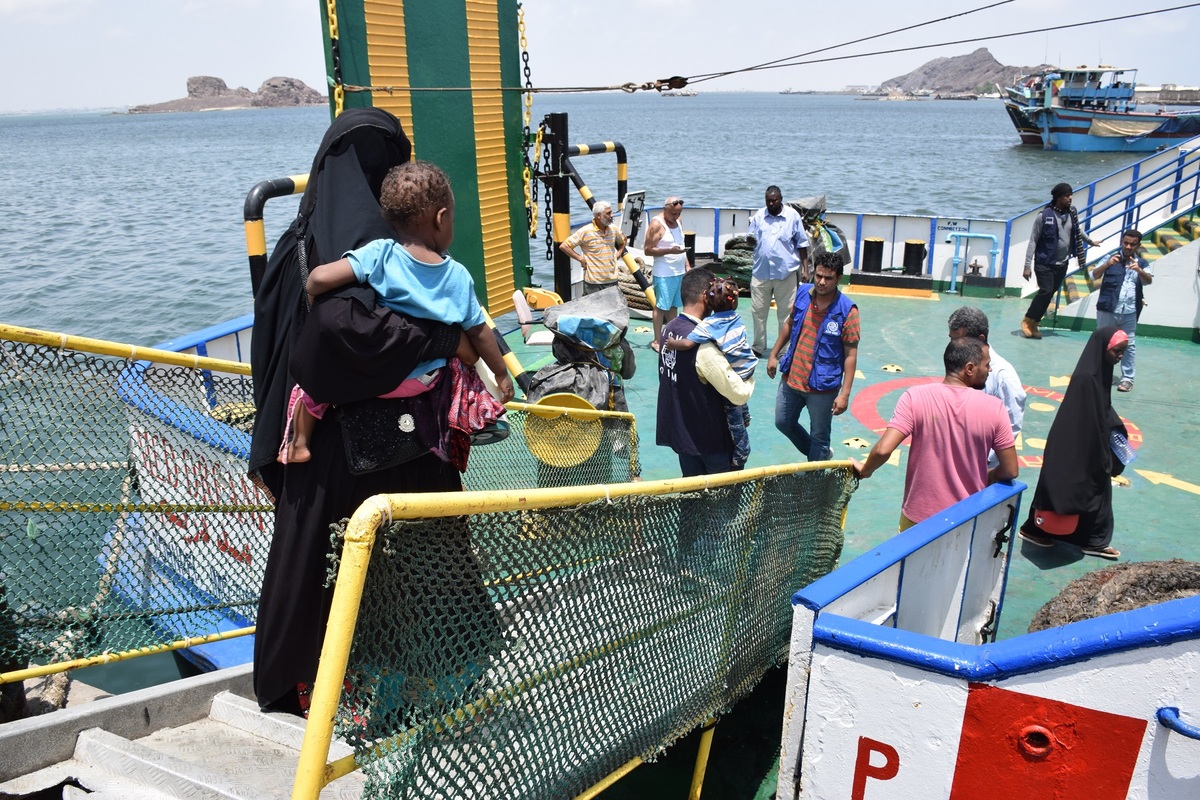UNHCR readying itself for Sudanese returns, says Lubbers
UNHCR readying itself for Sudanese returns, says Lubbers

KHARTOUM, Sudan, Nov 11 (UNHCR) - UN High Commissioner for Refugees Ruud Lubbers today started his three-day visit to Sudan by discussing repatriation prospects with Sudanese President Omar Al Bashir.
The High Commissioner arrived in the Sudanese capital of Khartoum on Tuesday on the third leg of his four-nation Africa visit that has already taken him to Tanzania and Burundi.
During the meeting in Khartoum, President Al Bashir told Lubbers he was hopeful that the much-awaited peace agreement between the Khartoum government and the Sudan's People's Liberation Movement (SPLM) would be signed before the end of the year. He added that the signing of the peace agreement would allow for the return of millions of Sudanese people who have been displaced inside the country as well as across the border into surrounding countries.
It is estimated that the 20-year civil war has uprooted some 4 million Sudanese people inside the country while another 570,000 others are living in neighbouring states as refugees. The largest number of Sudanese refugees are in Uganda (223,000), followed by Ethiopia (88,000) and Kenya (69,000).
High Commissioner Lubbers told the Sudanese leader that UNHCR was closely watching developments in the Naivasha peace talks - now in recess - and that the agency was readying itself for the possible voluntary repatriation of hundreds of thousands of Sudanese refugees in neighbouring countries.
"Once the peace process is concluded, then the real work starts for us," the refugee agency chief told President Al Bashir. "UNHCR is looking at how to support the peace agreement once it is signed and is trying to ensure that we are ready to move once this has happened." He warned, however, that although good progress had been made in the Naivasha talks, "the last mile in the peace talks should not take too long."
Lubbers said that while UNHCR was committed to supporting the return of Sudanese refugees, their return needed to be sustainable. Sustainability would be assured by establishing rehabilitation and reconstruction activities, he added. For this, UNHCR needed the support of other organisations to set up programmes that would benefit both the host community and returnees, among them displaced Sudanese and returning refugees.
"This work cannot be done by UNHCR alone," Lubbers said. We need to work with the government of Sudan, the World Bank, the UN family and NGOs to create a plan for sustainable return."

UNHCR expects to aid the repatriation of up to 110,000 Sudanese refugees during the first year of the return operation to Sudan. In view of the level of destruction and the near-total collapse of infrastructure in south Sudan, the repatriation there is expected to be one of the most challenging in recent times. The return plan also includes the opening of an office in the southern town of Juba after nearly two decades of absence in the area. Other offices are expected to be set up in Rumbek and other locations.
Lubbers expects to travel to south Sudan on Wednesday to meet with the SPLM leader, Dr. John Garang.
While in Sudan, the High Commissioner will also visit refugee camps hosting Eritrean refugees in eastern Sudan before joining a return convoy scheduled to cross from Kassala, Sudan, to the western Eritrean town of Tesseney on Thursday.


